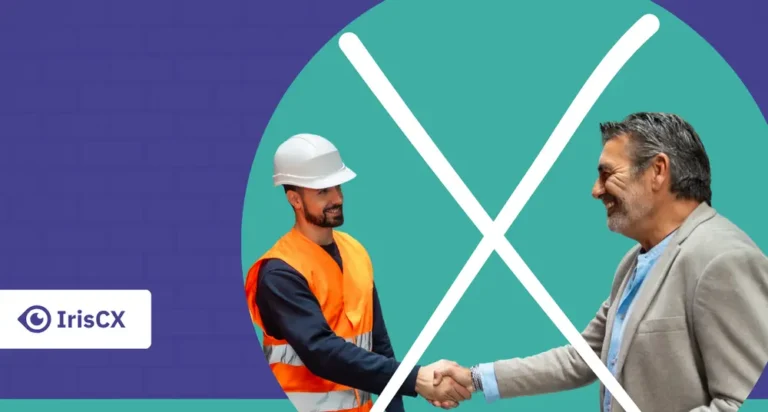“Fifty percent of it is just hard work. The other fifty percent is luck – right place, right time.” – Dana Dunford
Dana Dunford didn’t grow up in real estate. She earned her chops in tech, working at Apple and Nest, while moonlighting as a landlord. That collision between Silicon Valley efficiency and rental property chaos sparked Hemlane, a platform redefining property management for the 72% of landlords who self-manage. Her mission? Empower regular people to scale rental portfolios without losing their minds or their weekends.
“We don’t care if you’re the property manager or the owner. We care that you have peace of mind.” – Dana Dunford
Dana’s product philosophy is radical: simplicity at scale. Hemlane automates leasing, rent collection, repair coordination and even notices ensuring landlords don’t chase rent on the 10th or miss key dates. But what really stood out was who Dana is building for. Not institutional buyers. Not the Big Three. Hemlane is built for the person with 1–20 units, the exact people tech usually ignores. Her insight? Solve the daily pain of small landlords and watch them buy more doors. The solution drives the growth.
“You don’t start disruption from the top. You start at the bottom.” – Dana Dunford
This was the turning point. Dana referenced Clay Christensen’s disruption curve: innovation starts with overlooked users. That’s why Hemlane doesn’t chase REITs or Wall Street press. Her Hell Yes buyer is the solo investor with properties in multiple states who’s burned out by the hassle of multiple PMs. Instead of layering tech on legacy systems, Hemlane rethinks the process from scratch and that’s what makes it truly different. It’s not a prettier dashboard. It’s a better way to operate.
“People don’t care how the sausage is made. They just want it to work.” – Dana Dunford
It sounds simple, but it’s a product gospel. Dana’s users don’t care if Hemlane is centralized, decentralized or staffed by AI. They care that rent gets paid, service pros show up and the job gets done. That insight reframes how we think about design and delivery. It’s not about what’s under the hood. It’s about the outcomes. And if the outcomes are seamless, the complexity behind them becomes irrelevant.
“If they’re not willing to pay for it, it’s not solving their real problem.” – Dana Dunford
Dana bootstrapped her first 100 customers through pure hustle: exporting her LinkedIn contacts, sending personal emails and asking for referrals, not sales. Her goal was to learn what hurt and then build toward it. One of her biggest early lessons? Stop giving it away for free. The real litmus test of product-market fit is whether someone will pay for it. And if they do, keep asking: “What else do you wish worked better?”
Here’s what I’m taking with me:
- Don’t build what users say they want, build the best way to solve their real problem.
- You don’t need enterprise buyers to build a big business, you need a meaningful user base with real pain.
- Pricing models should reward retention, not lock-in. Annual contracts can mask churn.
- Every product conversation should end with: would you pay for this today?
- If you remove friction from ownership, you create a flywheel of expansion and affordability.
Dana reminded me that getting to “Hell Yes!” doesn’t require hype or enterprise logos. It just requires solving a real problem, for real people, in a way that earns trust. Over and over again.
If Hell Yes is earned by solving real problems over and over again—what would it take for your solution to be trusted without explanation?




